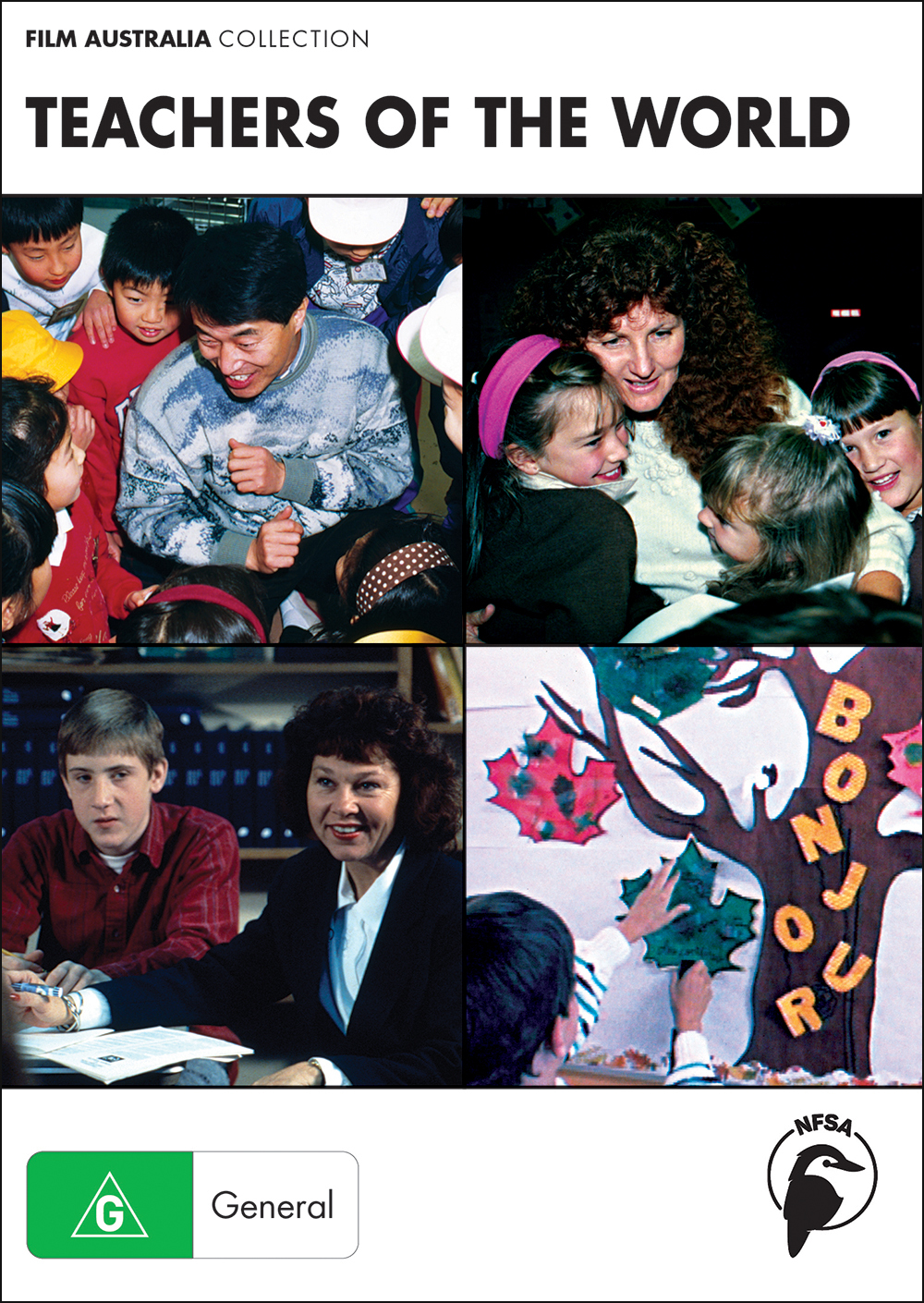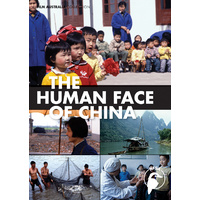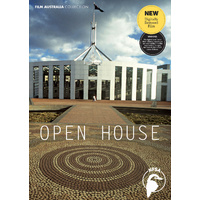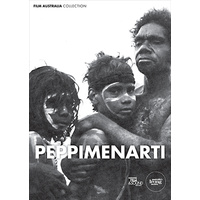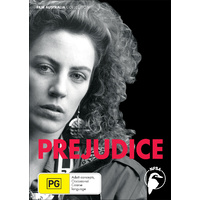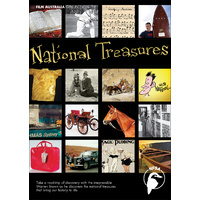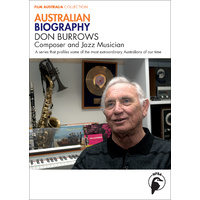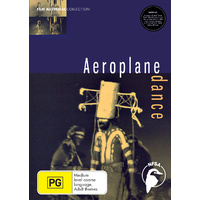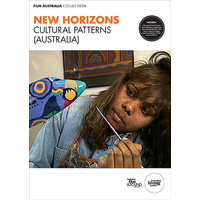1993, Total Running Time 180 Minutes (6 x 30 Minutes)
A documentary series looking at teachers from seven countries around the world.
Education everywhere is facing a period of reassessment due to globalisation of information, new technologies and the changing nature of our life and work. Some see it as a crisis, but others see it as a challenge. The seven teachers in this documentary series are from Korea, the USA, Poland, Australia, Japan, Finland and Canada. They each meet the challenges head-on by combining an innovative approach with critically relevant lesson content, to bring new life to the age-old profession of teaching.
EPISODES
The Cartoon Classroom (Korea) Teacher Choi Young-Jae thinks that children only like going to school if they know it’s going to be interesting. His aim is to make school irresistible to them. Choi’s teaching techniques, in a middle-class elementary school outside of Seoul, are regarded as radical in an education system where traditionally lessons are formal and students are under pressure from a young age to perform well scholastically. However, because classes are so large, teachers have trouble catching and retaining the students’ attention. To overcome this, Choi uses cartoons, magician’s tricks and zany antics to attract and retain the children’s attention and to drive home important points in his geometry lessons. Choi believes that fostering the children’s creativity and individuality is a necessary path to retaining information. He encourages the students to keep a daily diary and their stories are often used to make the course content more personal and relevant.
The Roots of Revolution (USA) Mary Walsh Farmer has been teaching history for 17 years to junior high school students in Illinois, in a racially integrated community that values and celebrates its multiculturalism. Mary often uses this diversity as a resource for her lesson content. With her students she explores international struggles for human rights, by demonstrating personal loss of power and privileges within the classroom and setting up a world court to hear cases for revolutions worldwide. She tries to spark their interest and create excitement about learning history by involving them in a personal and fun way, because she says that if you don’t know history you are condemned to repeat the same mistakes.
Has Man a Third Hand (Poland) Ryszard Lukaszewicz has come back to teach elementary school after a successful academic career and as author of a pre-school education program. He has established his own school in Kalisz (one of the oldest towns in Poland), which focuses on experimental education. Ryszard believes that if you can create opportunities in an educational situation, the truth can be discovered first hand. He also thinks that it is important for children to understand the connection between the ancient world and today, and together they study artefacts from the city’s history to develop his themes. Using excursions, classroom archaeological digs, shadow puppetry, the magician’s box and stone-age tool and doll-making, he leads students on a quest to find the answer to the intriguing question, ‘Has man a third hand?’
What is Peace (Australia) Stefanie Lawrence uses a personal approach to investigate topics of conflict and peace in her combined Year 3/4 primary school class. With parental approval, she has introduced an innovative, personal growth program in which the students’ experiences are often the basis for exploring global concerns. She strongly believes that if we are taught the skills to resolve conflict when we are young, we will have a better chance of living in a peaceful society as adults. The students are encouraged to explore their feelings about a personal conflict and to discover what makes them feel inner peace. Using various individual and group strategies they look for solutions to personal and global conflicts. Representatives from outside organisations, such as Amnesty International’s parliamentarian spokesman Bob Brown, contribute to these discussions by giving informed feedback to their ideas. This practice is also designed to reinforce the connection between the global and the personal.
Eating – A Way to International Understanding (Japan) Japan’s society is changing—increasing numbers of foreigners want to live and work in this country, which has a strong monoculture. Therefore tolerance of other nationalities has become an important issue, and in order to foster international understanding, third grade primary teacher Shigeto Honda has developed an unusual package of lessons in which his students learn about different cultures, specifically their cuisine. Shigeto thinks that ‘International Understanding’ is a very difficult subject to comprehend from a text book. His motto is to let the children experience things for themselves. Through first hand knowledge the students explore the cuisines of their Asian neighbours. This includes a class discussion with two Sri Lankan exchange students and the delicious task of eating curry and Indian rice with their hands.
Nature is a Great Teacher (Canada and Finland) In Rachel Huneault’s combined Year 6/7 class, traditional teaching methods are combined with technology. To complement her outdoor lessons on environmental issues, Rachel has designed a program that allows her students to use an interactive telecommunications network that links 27 schools in Ontario, Canada. The benefits of this system are two-fold: through problem-solving and the exchange of ideas with many other children and teachers, students from a small, isolated community realise that they are not alone in their quest to preserve and conserve the surrounding forest. And at the same time they gain familiarity with computer technology.
Pekka Hynninen, a combined Year 5/6 class teacher in rural Finland, also uses nature as a teacher. Through a program of field activities his focus is on the study of geological history to explore environmental issues. He takes field trips into the surrounding forest, using scientific methods such as geiger counters, underground soil sampling and pH testing to allow his students to see and study for themselves the destructive impact humans have had on the natural landscape.
A co-production between NHK Japan, KBS Korea, TVO La Chaine Canada, WTTW Chicago,YLE Finland, Channel 2 Polish Television and Film Australia. © 2011 National Film and Sound Archive of Australia.
(199202300)
Directors: Catherine Marciniak (Series Director, Australia), Suh Jae Suhk, Dick Carter, Wojciech Iwanski, Takahiro Funatsu, Tetsuo Fekuda, Clodette St-Amant (Canada), Lea Kiljander and Reijo Rae (Finland)
Year: 1993
Total Running Time: 180 Minutes (6 x 30 Minutes)
Classification: G
Curriculum Links: SOSE/HSIE; Education; Early Childhood Learning; Teaching; Youth Work
SEE ALSO
Through My Eyes: Kilkenny Primary School South Australia
| SKU | 199202300 |
| Brand | Film Australia |

